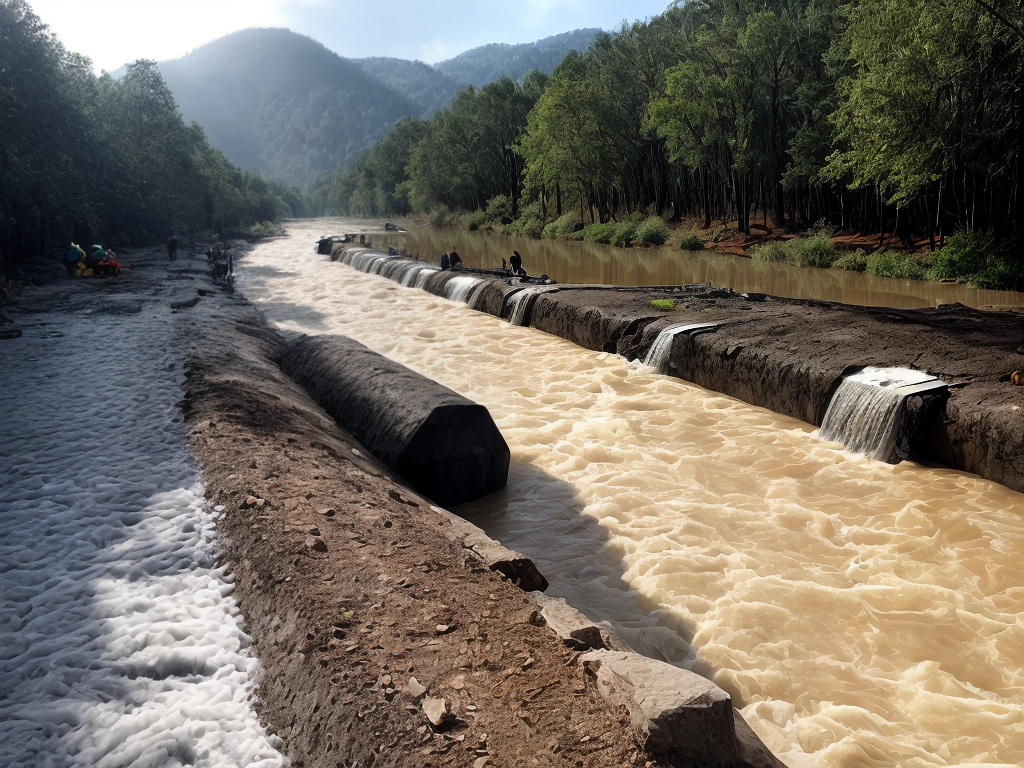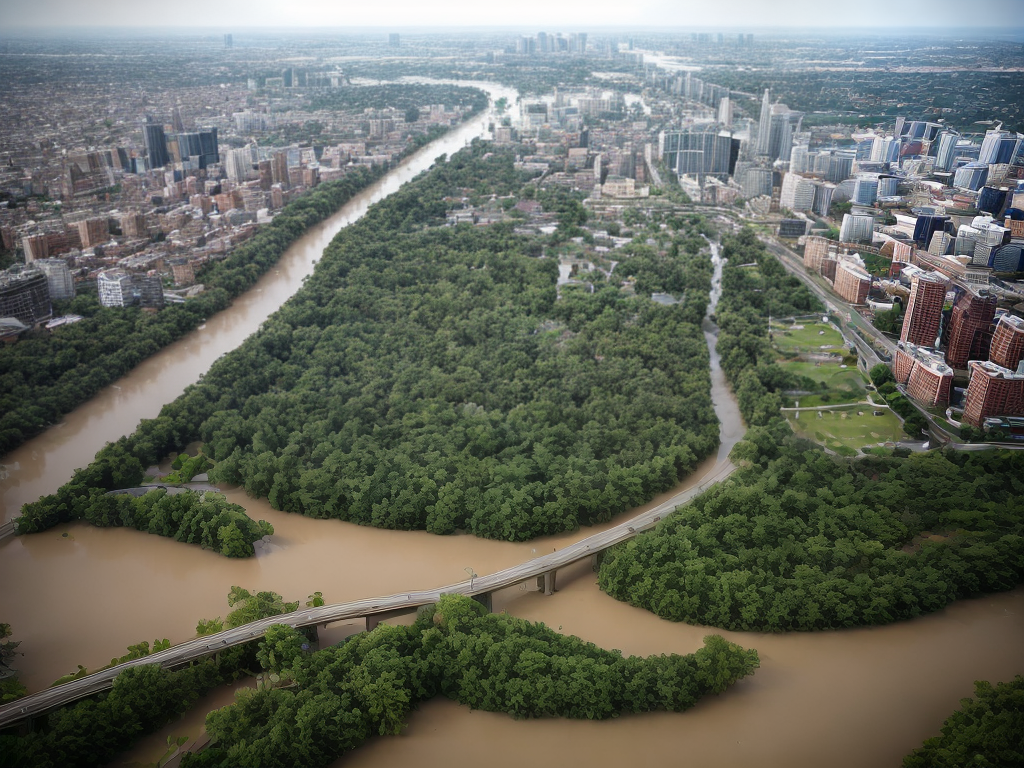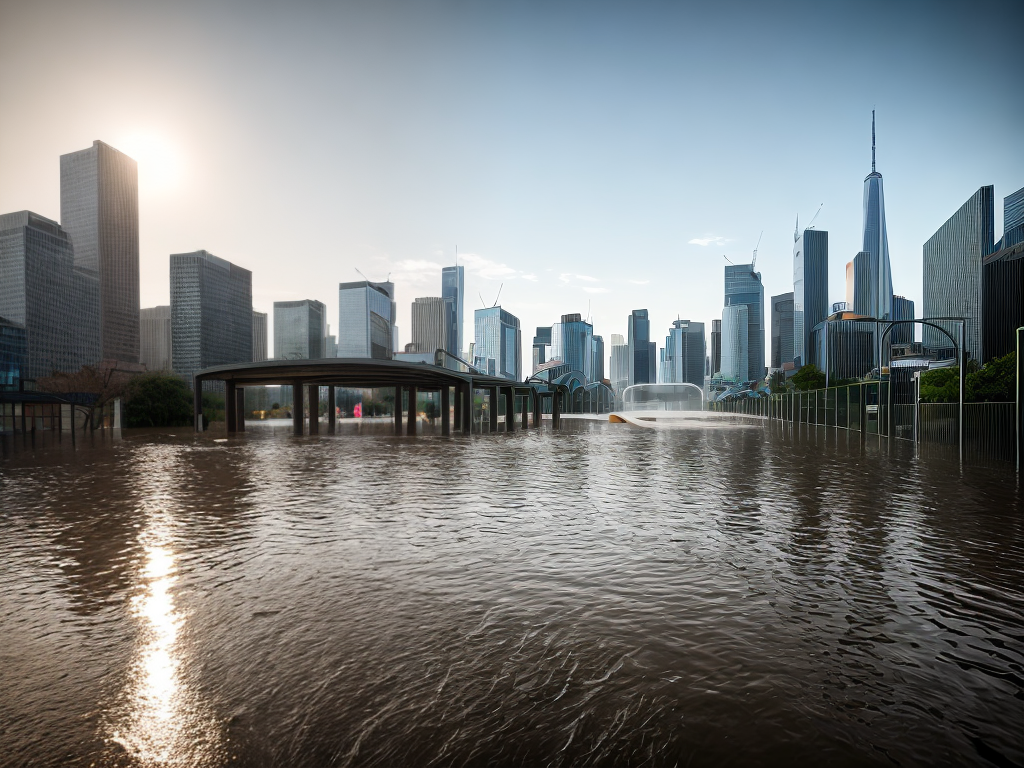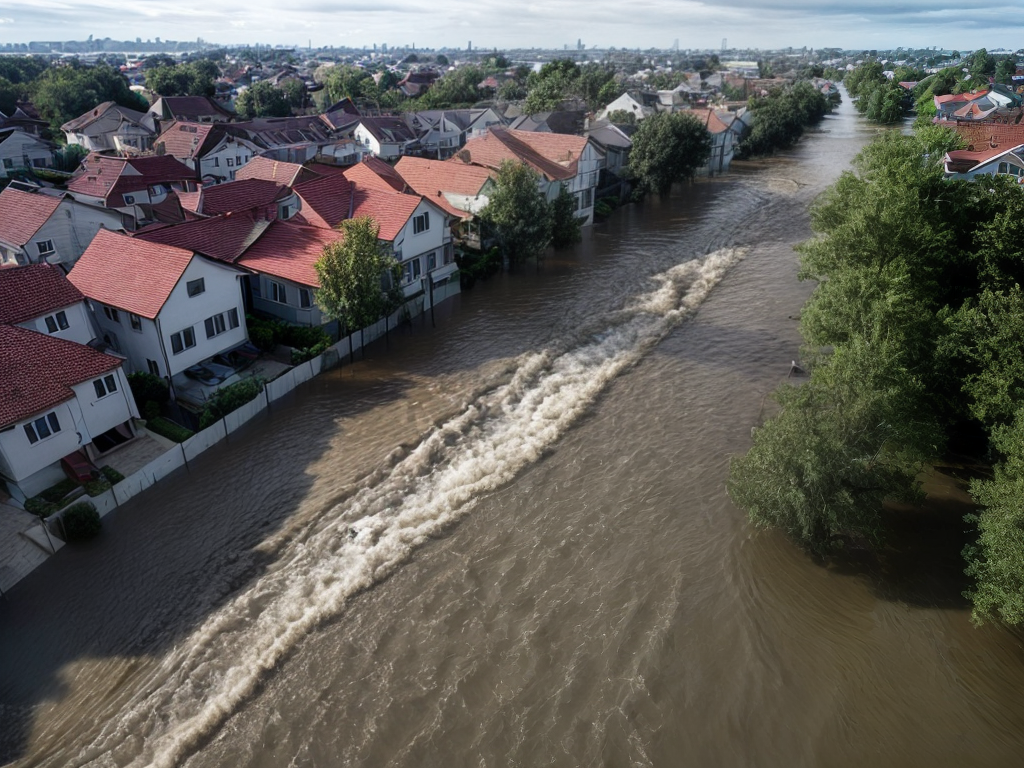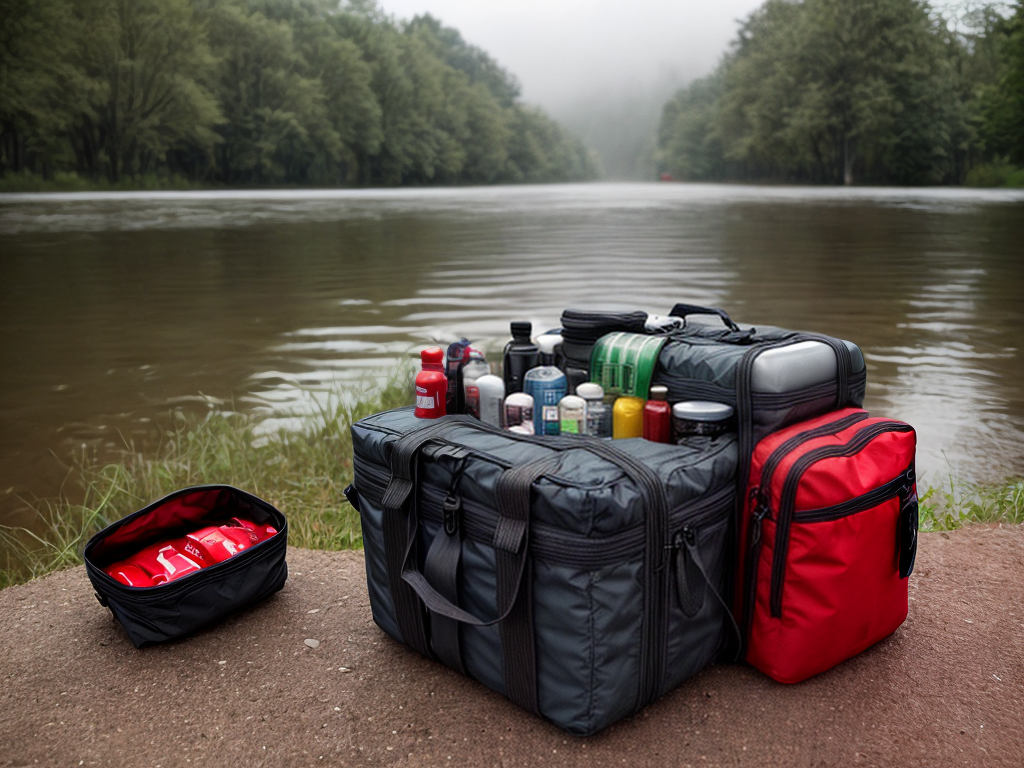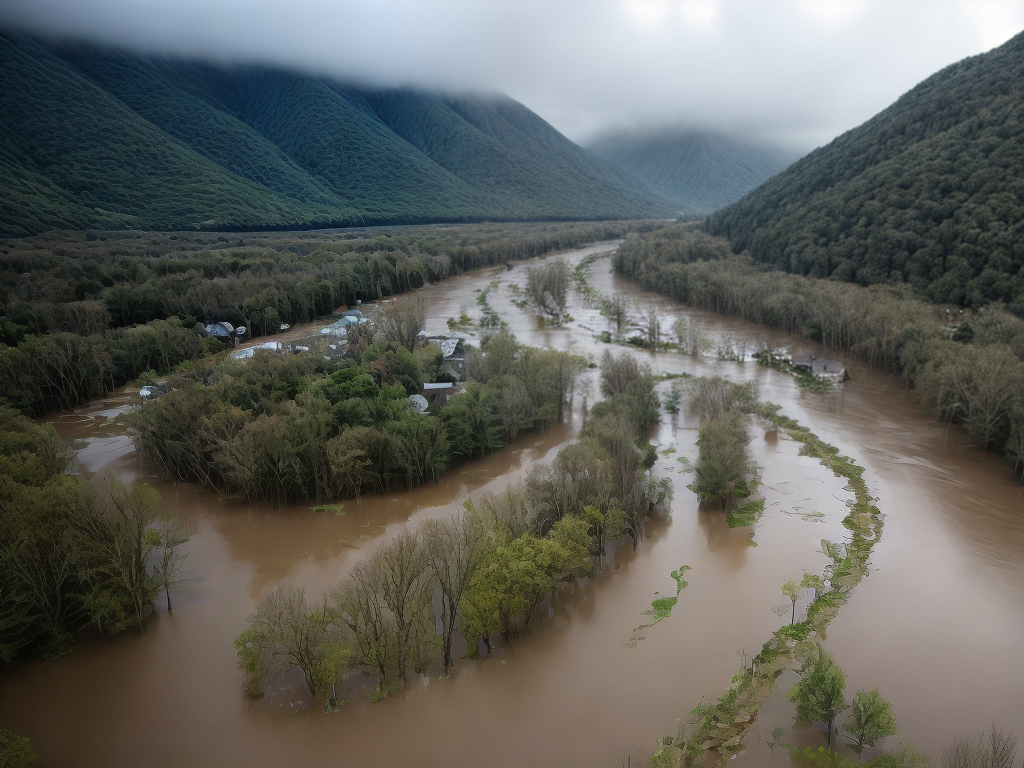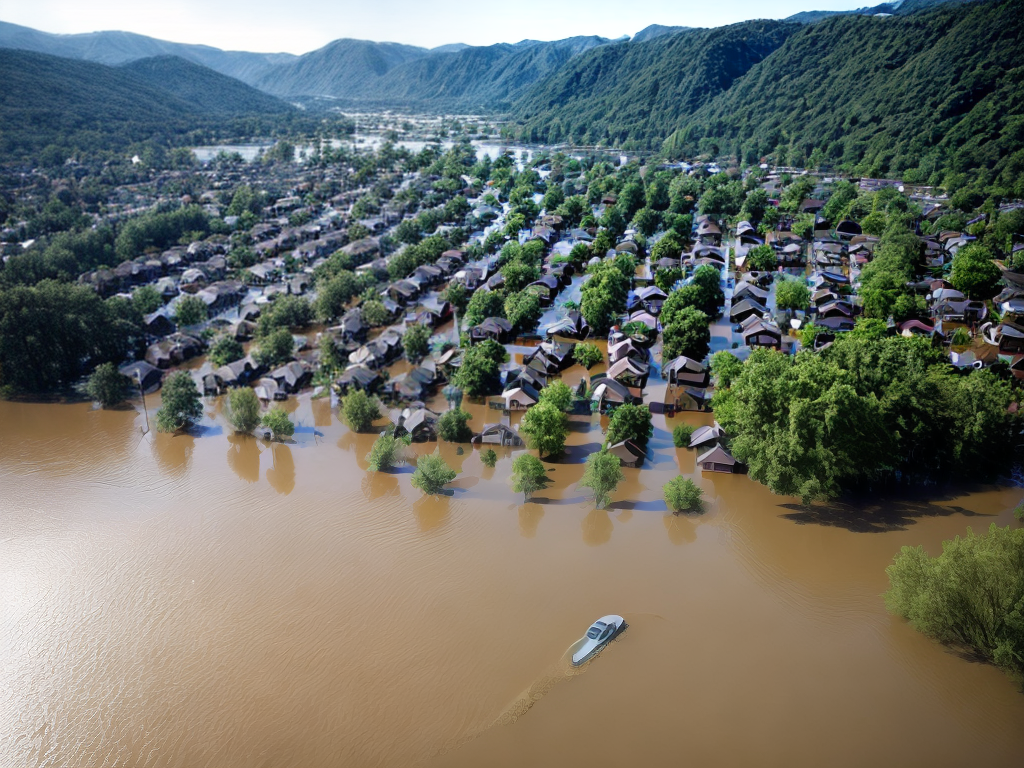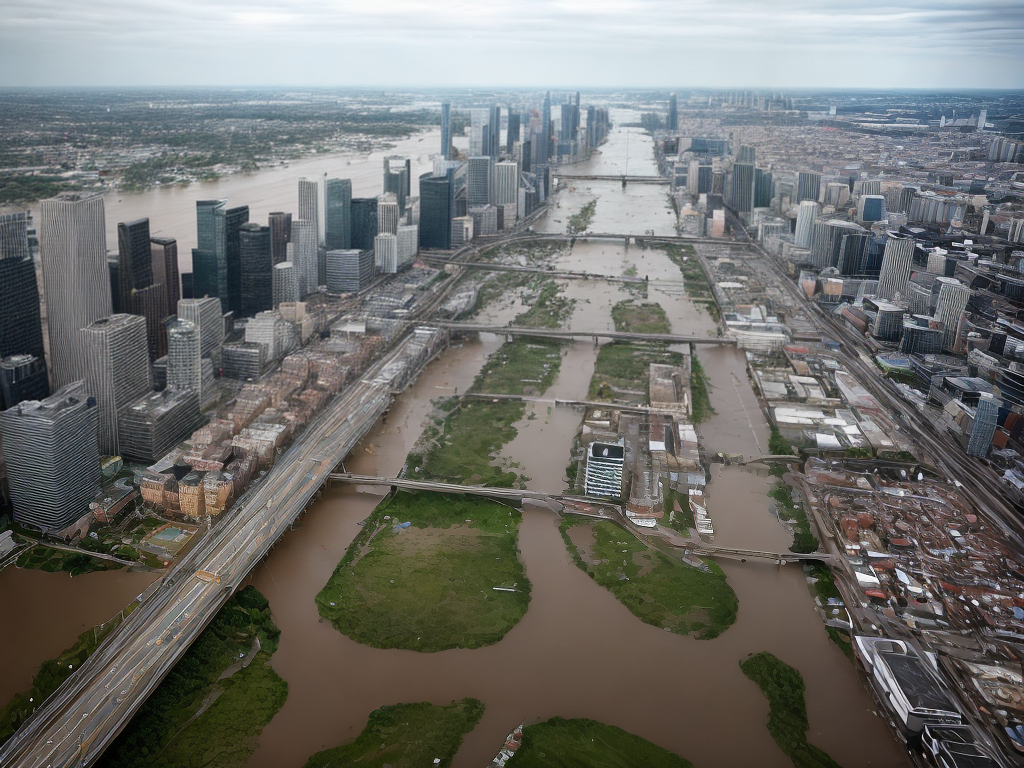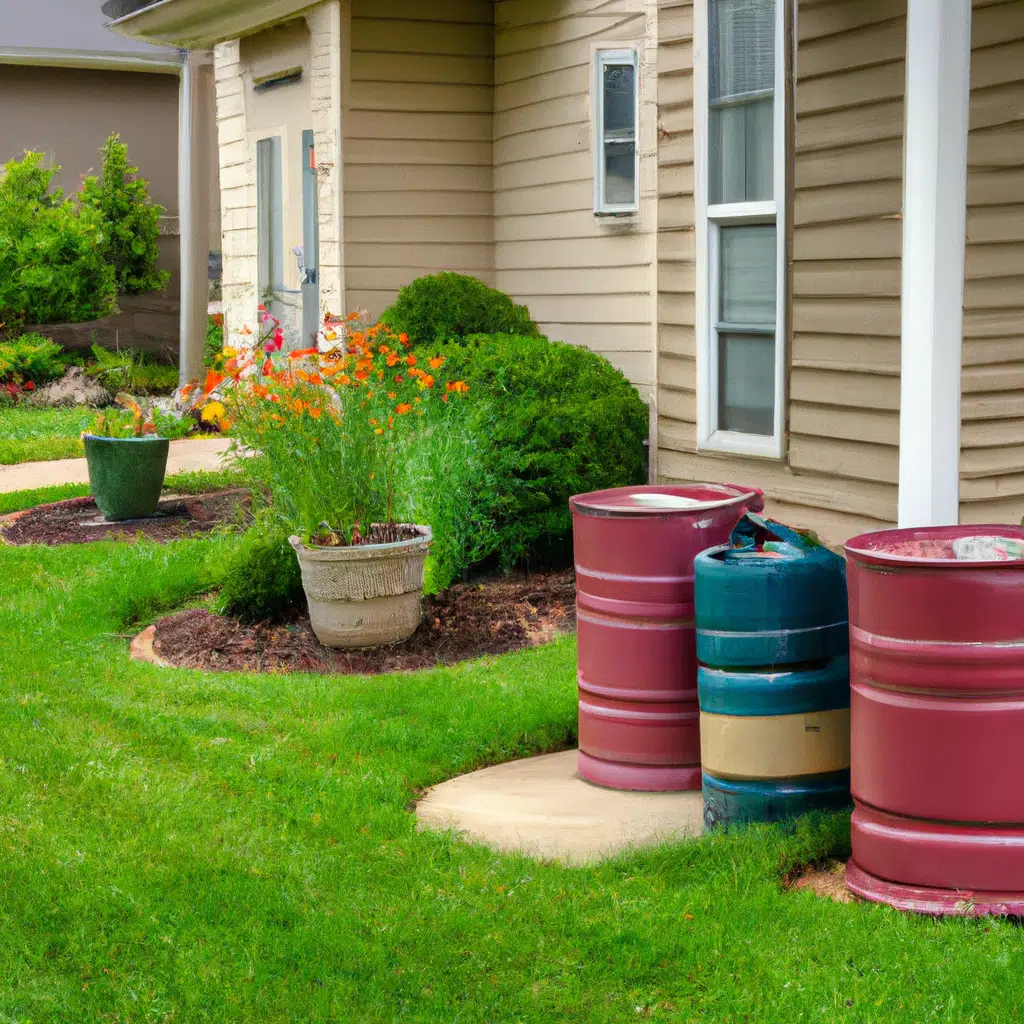
Welcome to our comprehensive guide on lesser-known strategies to protect your home from flood damage. While floods can be devastating, there are proactive measures you can take to minimize the impact and safeguard your property. In this article, we will explore various innovative techniques and lesser-known strategies that can help you protect your home from flood damage. From landscape modifications to advanced technology solutions, we’ve got you covered.
Understanding Flood Risks
Before diving into the strategies, it’s crucial to understand the flood risks associated with your location. Floods can occur due to heavy rainfall, coastal storms, melting snow, or even human-made causes like dam failures. By assessing your area’s flood history and analyzing local flood maps, you can determine the level of risk your property faces. This information will guide you in implementing the most effective flood protection measures.
Landscaping Modifications
- Elevate Your Home: One of the most effective ways to protect your home from flooding is by elevating it above the flood level. This can be done through various methods, such as raising the foundation or building a raised platform. Consult with a professional contractor to assess the feasibility and cost of this approach for your specific property.
- Create Natural Barriers: Utilize natural barriers like berms, swales, and terraces to divert floodwater away from your home. These landscaping features can help slow down the water’s flow and prevent it from entering your property. Additionally, consider planting native vegetation that can absorb excess water and stabilize the soil.
- Install Rain Gardens: Rain gardens are designed to collect and absorb rainwater, reducing the risk of flooding. By strategically locating rain gardens around your property, you can redirect water away from vulnerable areas and promote natural drainage. Be sure to choose plants that are tolerant of both wet and dry conditions.
Building Modifications
- Install Flood Vents: Flood vents are specially designed openings in the foundation walls that allow water to flow in and out during a flood. These vents help equalize the water pressure on both sides of the walls, reducing the risk of structural damage. Ensure that the flood vents you install meet the local building code requirements.
- Seal Vulnerable Points: Identify vulnerable points in your home, such as basement windows and doors, and seal them with appropriate flood-resistant materials. This can help prevent water from seeping into your home during a flood. Consider using flood-resistant coatings, sealants, and flood barriers for maximum protection.
- Elevate Utilities: Elevating critical utilities like electrical panels, HVAC systems, and water heaters can significantly minimize flood damage. These elevated installations ensure that essential services remain functional during a flood, reducing the cost and inconvenience of repairs.
Advanced Technology Solutions
- Smart Flood Sensors: Invest in smart flood sensors that can detect rising water levels in and around your home. These sensors can send alerts to your smartphone, allowing you to take immediate action and mitigate potential damage. Some advanced models even integrate with home automation systems, enabling automatic shut-off of utilities in case of a flood.
- Sump Pump Systems: Install a reliable sump pump system in your basement or crawl space to effectively remove excess water during a flood. Consider opting for a battery-powered backup system to ensure continuous operation even during power outages. Regularly maintain and test your sump pump to ensure its optimal performance.
- Flood-Resistant Doors and Windows: Upgrade your doors and windows to flood-resistant models that are specially designed to withstand high water pressure. These reinforced openings can significantly reduce the risk of water infiltration, protecting your home’s interior and valuable belongings.
Insurance Considerations
- Review Your Policy: Regularly review your homeowners’ insurance policy to ensure it adequately covers flood damage. Standard policies often exclude flood-related losses, so consider purchasing a separate flood insurance policy through the National Flood Insurance Program (NFIP) or private insurers. Consult with an insurance agent to understand the coverage options available to you.
- Document Your Belongings: Create a comprehensive inventory of your belongings, including photographs and receipts. This documentation will be invaluable when filing an insurance claim after a flood. Store this information in a secure location, such as a cloud-based storage service, to ensure its accessibility even if your physical documents are damaged.
Conclusion
In conclusion, protecting your home from flood damage requires a proactive approach and a combination of strategies. By implementing lesser-known techniques like landscaping modifications, building modifications, advanced technology solutions, and reviewing your insurance coverage, you can significantly reduce the impact of floods on your property. Remember to assess your specific flood risks, consult with professionals when needed, and stay informed about the latest flood protection measures. With the right tools and knowledge, you can safeguard your home against the rising tide and ensure a safer future for you and your loved ones.

